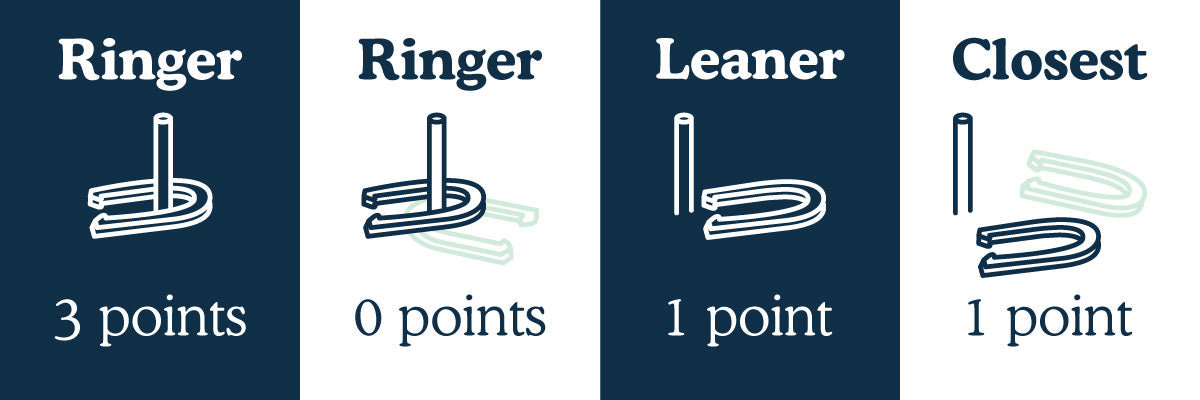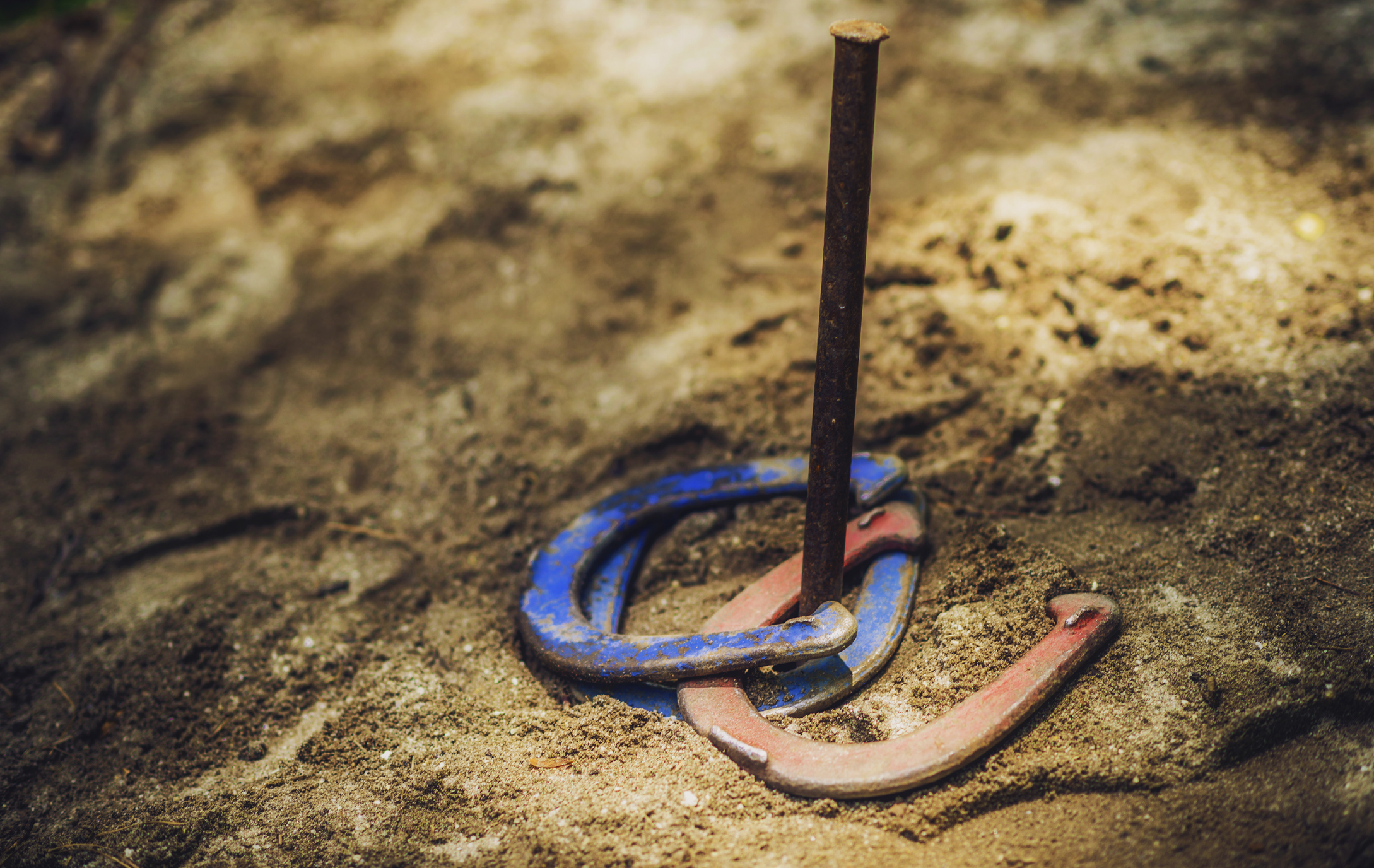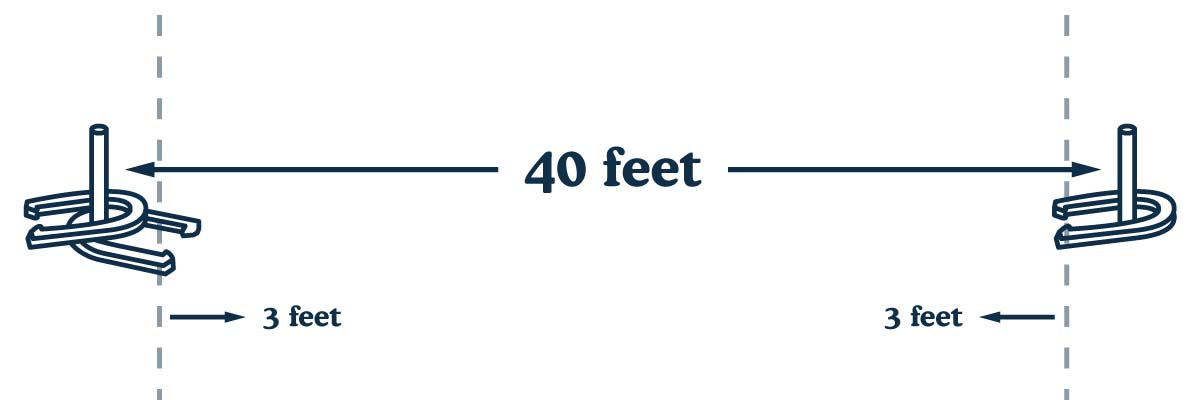What is Horseshoes?
Horseshoes is a classic outdoor game that has been enjoyed for centuries, often played in backyards, parks, and social gatherings. The game consists of two players (or teams) competing to toss horseshoes at a stake in the ground, aiming to encircle it or land as close to it as possible. In addition to being a fun pastime, horseshoes combines skill, strategy, and a bit of luck!
Before diving into the nitty-gritty of how to play horseshoes, it’s essential to understand the equipment needed, including the horseshoes, stakes, and the playing area. We’ll also touch upon footwear choices since comfortable and supportive shoes can significantly enhance your performance on the court.
Equipment You Need to Play Horseshoes
Horseshoes
The horseshoes themselves are typically made of metal and have a specific weight and shape. A standard horseshoe weighs around 2.5 pounds and is 7 inches long. According to the American Horseshoe Pitchers Association (AHPA), players can choose from different types of horseshoes, including regulation and non-regulation options. Learn more about horseshoe regulations.
Stakes
Stakes are usually made of steel and are driven 15 inches into the ground. They should be spaced 40 feet apart for men’s games and 30 feet for women’s and junior games. Proper installation of the stakes ensures that the game is fair and adheres to standard regulations.
Footwear
While horseshoes can technically be played in any shoes, choosing the right footwear can enhance your performance. Look for shoes that provide good grip, stability, and cushioning to support your feet through multiple rounds of play. Here’s a comparison of popular footwear options:
| Footwear | Pros | Cons |
|---|---|---|
| Running Shoes | Great cushioning, lightweight | May lack grip on grass |
| Camping Boots | Excellent traction, durable | Heavy, less breathable |
| Casual Sneakers | Versatile, comfortable | Not specialized for outdoor play |
How to Play Horseshoes: Step-by-Step Guide
Setting Up the Game
To set up a horseshoe game, you need a flat and open area. Here’s how to prepare the court:
- Choose a suitable location with enough space.
- Drive your stakes into the ground, making sure they are at the proper distance apart.
- Mark a throwing line approximately 3 feet in front of each stake.
The Objective of the Game
The main objective in horseshoes is to score points by getting your horseshoe nearest to the stake or encircling it. Players take turns throwing their horseshoes with the hope of scoring the highest points. According to the official rules, a player scores:
- 3 points for a ringer (the horseshoe encircles the stake).
- 1 point for a shoe within 6 inches of the stake.
- 0 points if the horseshoe is further than 6 inches.

Scoring Examples
Understanding the scoring is crucial. For example, if player A gets a ringer and player B gets a shoe that is 4 inches from the stake, player A scores 3 points while player B scores 1 point. The player with the highest score at the end of the game wins!
Strategies for Success in Horseshoes
Throwing Techniques
Mastering your throw is vital for scoring well in horseshoes. Here are some popular techniques:
- The Flip Throw – This technique involves a wrist flip to allow the horseshoe to turn and land around the stake.
- The Overhand Throw – More suitable for beginners, this technique involves a straight throw towards the stake’s target.
- The Sidearm Throw – Advanced players often use this throw for greater distance and control.

Practice, Practice, Practice!
Like any sport, practice is key to improving your skills. Set aside regular time to practice your technique, focus on your stance, alignment, and the release of your horseshoe. You may want to try out different types of shoes to see which ones provide you with the best performance.
Real-World Experiences: Footwear in Horseshoes
Case Study: Local Horseshoes Championship
At the annual state horseshoes championship held last summer, players showcased various footwear styles. Many competitors emphasized the importance of footwear choice on their performance. For instance, one player opted for lightweight running shoes, which helped them achieve better mobility and speed. In contrast, another player wore heavier boots, citing comfort but struggling with overall agility. This showcases that the right shoes can significantly influence your game.

Player Testimonials
“I used to play in my casual sneakers, but since switching to a pair of athletic shoes designed for outdoor play, I’ve noticed a significant improvement in my accuracy and comfort!” – Jamie R.
“Comfort is key. I prefer wearing my hiking shoes since they provide the perfect grip and support while standing on uneven ground.” – Mark T.
Tips for Beginners
Know the Rules
Familiarize yourself with the official horseshoe rules. Understanding scoring, court setup, and player rotations will enhance your gameplay.

Choose the Right Shoes
As discussed, selecting appropriate footwear can boost your performance. Whether you prefer running shoes for their cushioning or opting for specialized outdoor footwear, choose what feels best for your feet.
Stay Relaxed
Enjoy the game! While it’s competitive, horseshoes are meant to be fun. Stay relaxed, focus on your throws, and remember to celebrate small victories.

Pros & Cons of Playing Horseshoes
Pros
- Easy to learn: The rules are simple and can be picked up by anyone.
- Social activity: Horseshoes are great for gatherings and can be played casually or competitively.
- Physical engagement: It involves standing, throwing, and walking, promoting physical activity.
- Customizable: Players can make modifications, such as court size and rules, to fit their needs.
Cons
- Weather dependence: Playing outside means you are subject to weather conditions.
- Injury risk: If not careful, players can injure themselves or others with horseshoes.
- Space requirements: A proper setup requires ample space.

Frequently Asked Questions (FAQs)
1. What is the standard distance between stakes in horseshoes?
The standard distance is 40 feet apart for adult men, while women and juniors play at 30 feet.
2. Can you play horseshoes on any surface?
While horseshoes can be played on various surfaces, a level outdoor area, such as grass or dirt, is preferred.

3. How many players can participate in a horseshoe game?
Horseshoes can be played with 2 to 4 players, where each player can pitch two horseshoes per round.
4. What shoes are best for playing horseshoes?
Footwear that offers good traction, comfort, and support are ideal. Athletic shoes or boots made for outdoor activities work well.
5. How do you score in horseshoes?
A ringer scores 3 points, a shoe within 6 inches of the stake scores 1 point, and further shoes score 0 points.
6. Do professional horseshoe players have special equipment?
Yes, professional players often use specially designed horseshoes and footwear optimized for performance.
7. Can horseshoes be played indoors?
While outdoor play is standard, indoor versions of horseshoes can be played with the appropriate setup.
8. How long does a typical horseshoe game last?
The duration can vary, but a typical game lasts about 30 minutes to 1 hour, depending on the number of players.
9. Are there official horseshoe tournaments?
Yes, there are numerous local, state, and national tournaments held regularly, organized by associations like the AHPA.
10. Is there a women’s horseshoe league?
Absolutely! Many local leagues have designated women’s tournaments and competitions.
11. What age can children start playing horseshoes?
Children as young as 5 can participate in a modified version of horseshoes, focusing on fun and skill development.